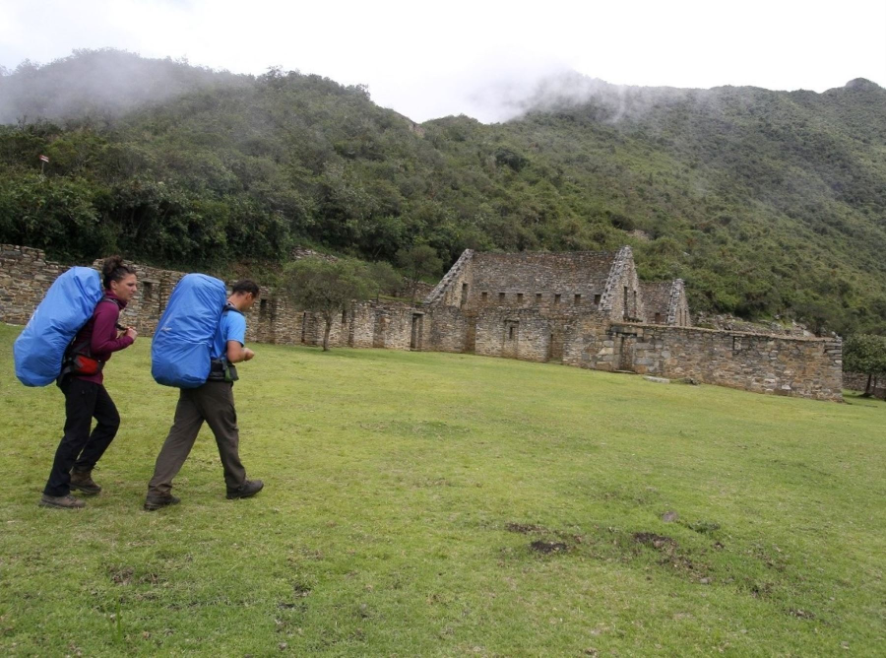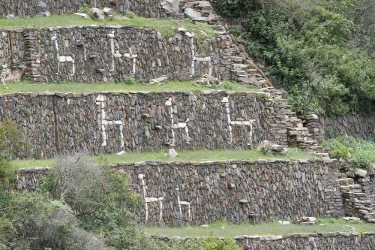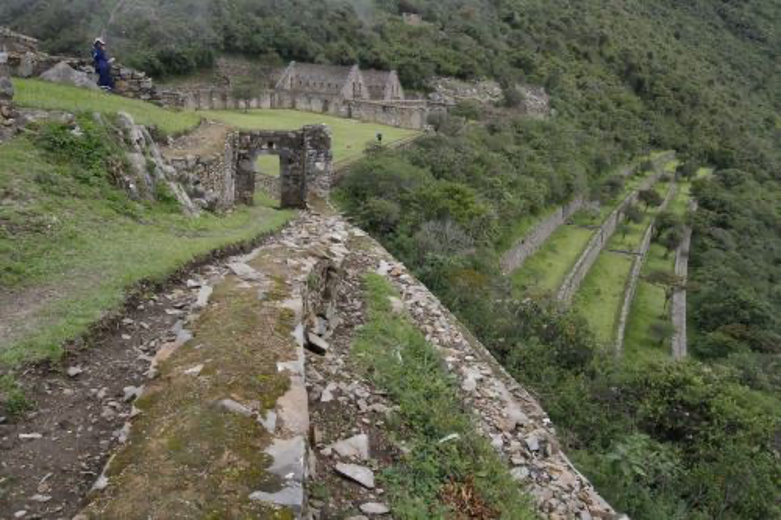
Before the start of the rainy season and the occurrence of possible landslides, which may cause accidents that could lead to emergencies involving national and foreign tourists, the Decentralized Culture Directorate of Cusco (DDCC) has announced the closure of the Choquequirao Archaeological Park, located in Cusco region between the provinces of Anta and La Convencion.
In a statement, the Functional Area of the Archaeological Heritage of the DDCC addressed operators, travel agencies, tour guides, and the population to confirm the temporary suspension of visits to this archaeological monument starting December 1 this year.

It stated that the provision was introduced on a precautionary basis to safeguard the integrity of visitors and personnel who work at the Choquequirao Archaeological Complex, who are at risk of being affected by landslides and rock falls caused by the rainy season.
This phenomenon repeatedly occurs at the level of the Chunchulmayo River micro-basin, located 30 km from the park, adjacent to the tourist camp of the cultural institution.
Finally, it recommends that tour operators take precautions as appropriate and appreciates the understanding of the population.

Moreover, the DDCC remarked that it will inform in due course of the reopening of the archaeological monument.
Located in the district of Santa Teresa, in the province of La Convencion in Cusco region, Choquequirao is considered the second most remarkable tourist and cultural attraction in Cusco after Machu Picchu due to its design and construction characteristics, and whose name in Quechua means “Cradle of Gold.”
Choquequirao is located 3,048 meters above sea level, in the foothills of the Salcantay peak, north of the Apurimac River Valley, in the Vilcanota mountain range.
This citadel is sprawled across three hilltops, and so far it is split into 12 sectors. Archaeological investigations estimate that more buildings have yet to be discovered, given that only 30% of its entire area has been uncovered.